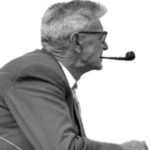Pieter Schoonveld (1924-1948) EN
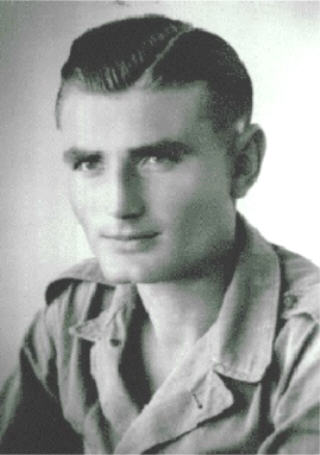
Pieter Schoonveld is my uncle. The uncle I only knew from photos in the family album. From those photos of people, whose identities you’re not quite sure of and about whom you hear little else. After my father’s passing in 2000, several letters came to light, providing more insight into the person of Uncle Piet. I also received additional information from various sources in the years that followed.
Piet was born in 1924 in Ten Boer and a few years later moved with his family to Zuidbroek. Here, he attended primary school. After one year at M.U.L.O, Piet went to work, presumably as a farmhand. In 1940, he moved with his parents and family to Zuidwolde. There, he worked as a farmhand for Farmer Elema.
Piet was among the first group of Dutch citizens required to perform labor service in Germany. When he turned 18, he went into hiding to avoid this Arbeitseinsatz. He spent a few years in Oosthem, where he found a hiding place through his Uncle Auke who had found a hiding address at Farmer Siebranda. In 1944, he returned to his hometown of Zuidwolde and hid with a farmer in the area. After the war, he worked for a few months at a moving company.
War volunteer
Uncle Piet went to the Dutch East Indies as a war volunteer. After the German occupation of the Netherlands during World War II, he and many of his peers volunteered to secure “our” colony in the East. The slogan “Indië verloren, rampspoed geboren” (Indies out, misfortune in) likely motivated them to fight for their country. But they were mainly looking for adventure.
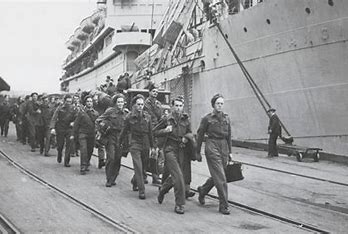
His one year older brother Klaas tells 60 years later: “Up until the War, if we were unable to “learn,” we essentially had no other future prospects than to become farm laborers, like the generations before us. Our father had tried to become a farmer himself, but that failed due to the agricultural crisis after World War I and the death of his first wife. When we met the Canadians, who liberated us, we saw that there were also other possibilities.
.
1-12 Regiment Infanterie
On October 2, 1945, he enlisted. He was assigned to the “12th Infantry Regiment” of the 1st Battalion, 1-12RI, also known as the Groningen Battalion because it mainly consisted of people from Groningen. He received training at the Adolf van Nassau Barracks in Zuidlaren. During this time, his mother fell seriously ill and passed away in early December. According to family stories, he attempted to withdraw from service, but this was no longer possible. Through Belgium and England, the 1-12 RI departed for Indonesia on January 25, 1946. They arrived in Surabaya on March 29, 1946.
In Indonesia, Piet served as a driver for the regiment with his brother Klaas. In June 1946, he was assigned to the Depot Platoon. He received his driving training in the army. When the regiment returned to the Netherlands in the summer of 1948, he had to stay behind as a punishment for using his truck for non-military purposes. He was declared exceptionally conscripted (and no longer a war volunteer) and was then assigned to the 10th Infantry Regiment of the 2nd Battalion. According to his service record , he stayed in a military holiday resort in Tretes from late October to early December. Then, in mid-December, he transitioned to “maintenance and supply” with the Military Command of Tretes.
.
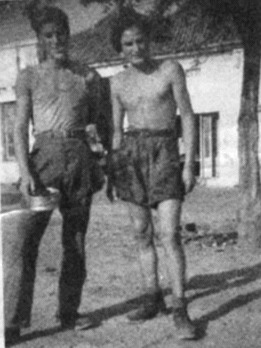
Tweede politionele actie
In late December, the Netherlands began the so-called 2nd Police Action against the independence fighters of Sukarno. America had started to support the independence movement at the expense of the Dutch position, resulting in increasing pressure on the Netherlands to withdraw. This 2nd Police Action appears to be a kind of desperate offensive by the Netherlands to reverse the situation. The goal was to destroy the movement in one fell swoop. Ironically, the Dutch launched the action after the still young UN Security Council had gone on Christmas recess. However, it was urgently convened and called on both parties to immediately cease hostilities. A call that was ignored by the Netherlands (from: Farewell to Indonesia, H.W. van den Doel, pp 324-325)
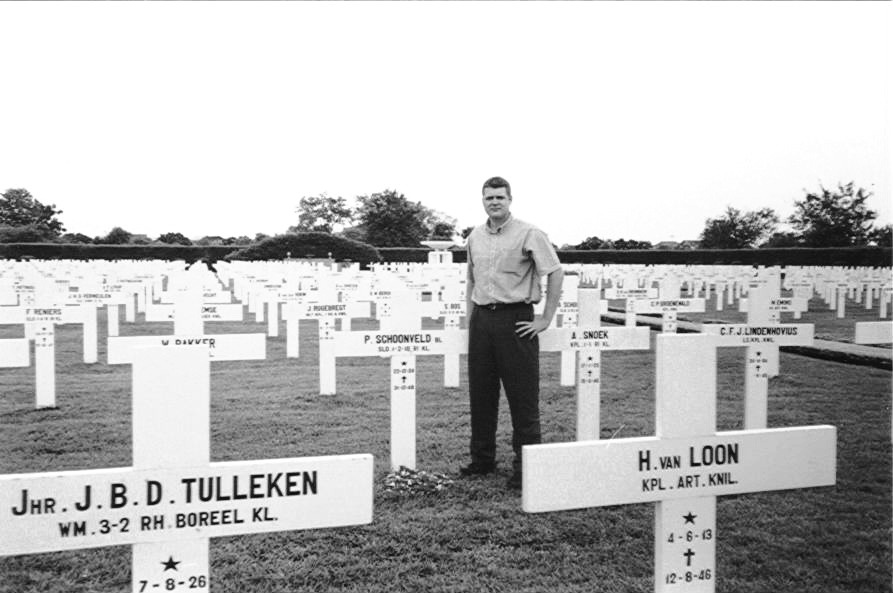
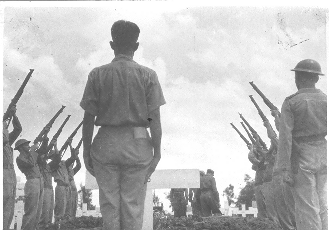
Piet took part in the operation. Especially in East Java, where Piet was stationed, the military operation did not go well for the Dutch. He, along with a group of Dutch soldiers, were surrounded at the military post Patjet. The ammunition ran out, and assistance did not arrive. Together with Herman Jansen, Piet offered to break through enemy lines with a jeep to fetch reinforcements from Modjosari. Neither of them survived this. Their bodies were found the next day near the kampong Kambansoeri-Lor. He was buried on Sunday, January 2, 1949, in the Kembang Koenig Cemetery (grave no. 155). In 1950, he was posthumously awarded the Bronze Lion for this operation.
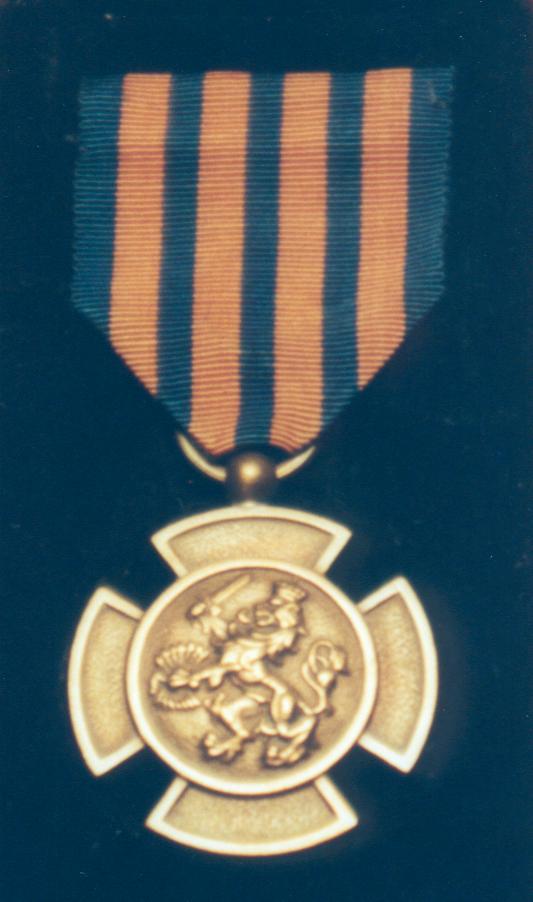
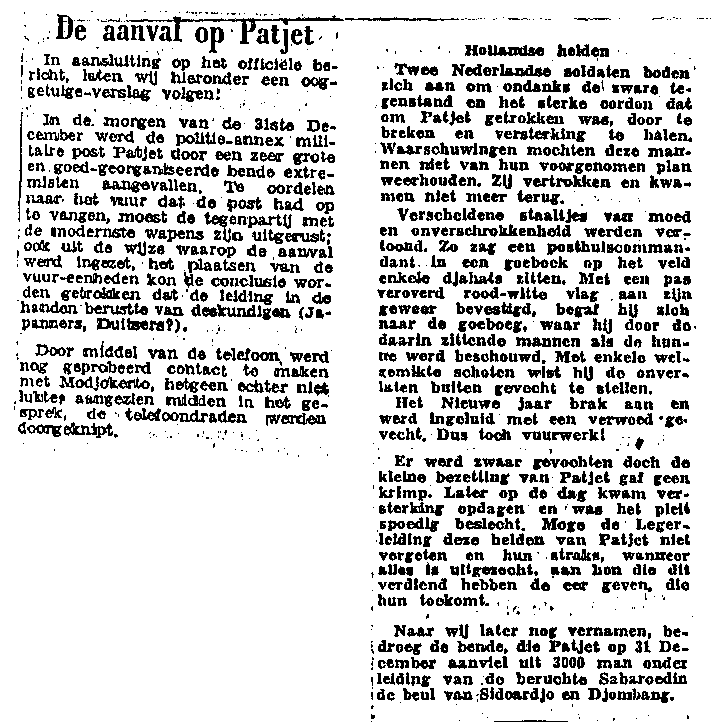
Militairen die zich in de strijd tegenover de vijand hebben onderscheiden met bijzonder moedig gedrag en beleidvolle daden, komen in aanmerking voor de Bronzen Leeuw. Alleen de koning kan deze onderscheiding toekennen, aan militairen in dienst van het Koninkrijk der Nederlanden.
